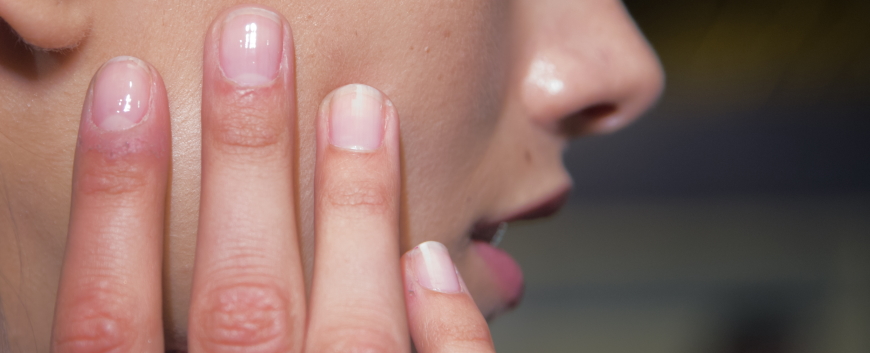
What are the main causes of nail detachment?
Are your fingernails embarrassed? Are they leaving you in public places? Well it definitely seems that it is noted that people tend to cover their nails if they have some kind of nail fungal infection! Interestingly, your nails will say a lot about your overall physical and mental health.
There are four main causes of nail detachment, one of which is onycholysis. This nail disease is also known as Ringworm Nail or Tinea Unguium, partly caused by the fungal Trichophyton family. When onycholysis is performed, the toenails or fingernails are removed from the bed by the distal free range.
While this separation takes a while, the process is entirely painless. Since this is a yeast infection, the colour changes in the nails can be easily observed. Several factors such as exogenous, idiopathic, endogenous and inherited onycholysis are responsible. Onycholysis can also occur by direct contact with irritating substances or by accumulation of moisture inside your nails. Another explanation for this nail disease is:

- If your nail skin is seriously affected by Psoriasis or Planus lichen, your nails can get hurt. This is mostly because of fungal infections or unnecessary water use.
- Often you can get onycholysis because of side-effects, when you are under treatment for another illness, and the medicine prescribed by your doctor does not comply.
- Dysfunction of the thyroid or the use of harmful chemicals typically found in the remover of nail polish can contribute to onycholysis too.
Dangerous chemicals in nail polish removers can also contribute to this disease of the nail.
- Onycholysis is caused by thyroid dynasticity, hypothyroidism, pellagra, ischemia, neuritis, leprosy, a yellow nail condition, neoplastic disease and constant exposure to maceration and toxins. All these damage your nails by creating bacteria and yeast.

Furthermore, onycholysis signs are very difficult to identify as the nail affected is not very different from normal onycholysis. The nails are firm, smooth and without inflammation. However, when you see them a little discolored like yellow or green and the nails are seen to be seriously damaged, the treatment with Onycholysis should begin immediately as delays could lead to serious damage to the bed of the nail.
It is important that certain infections of fungal nails are diagnosed in due course. This is because the treatment of onycholysis is a long-term procedure and is therefore very costly. Dermatologist typically detects this infection with a sample of the waste under your nail. Then either the test KOH or the fungal culture are examined.

 Get updates from all sorts of things that matter to you
Get updates from all sorts of things that matter to you All content on this website, associated social media and other platforms, including text, graphics and images, are copyright Jacob Stack & jacobstack.net, unless otherwise stated.
All content on this website, associated social media and other platforms, including text, graphics and images, are copyright Jacob Stack & jacobstack.net, unless otherwise stated.